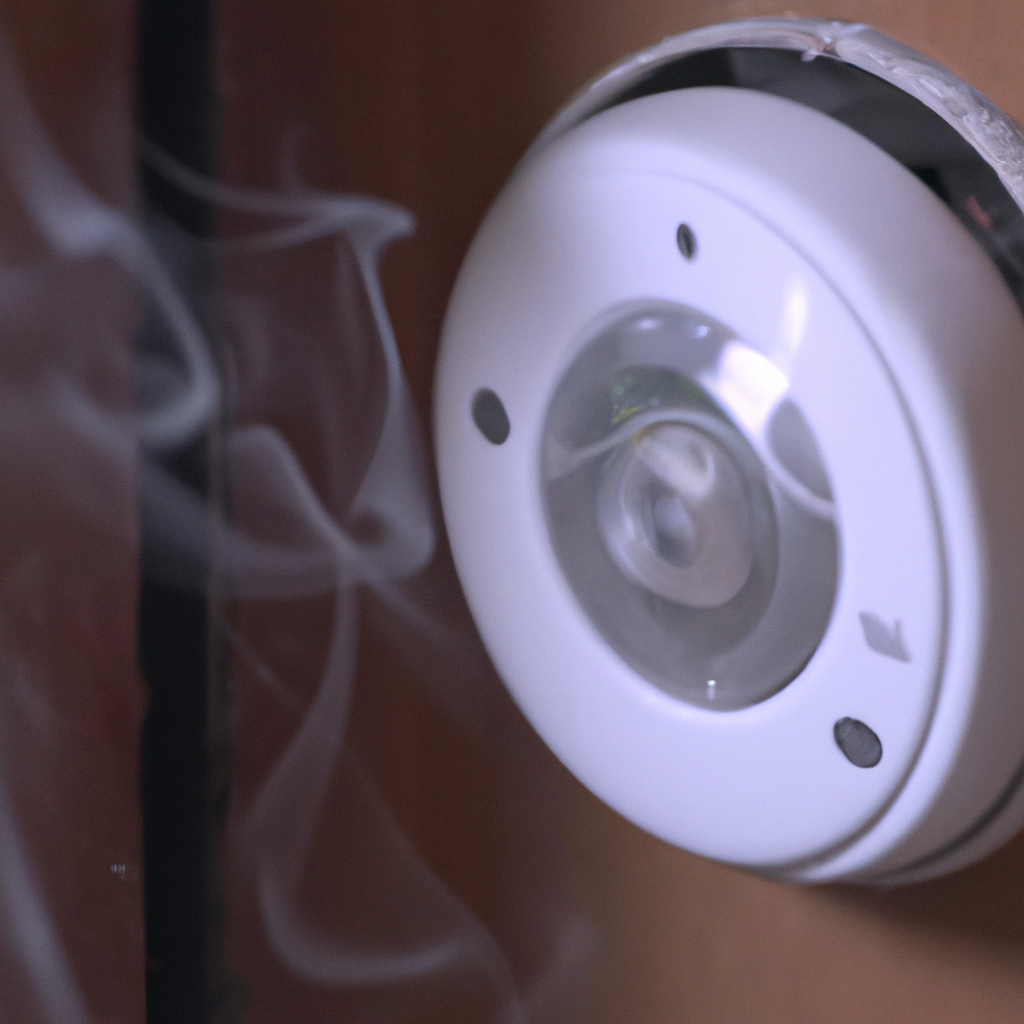Smoke alarms are essential safety devices that can detect smoke, alerting people to a potential fire. Smoke alarms have saved countless lives over the years, making them an important investment for every home. But how do they work? In this article, we will explore the science behind smoke alarms to understand how they detect smoke and keep us safe.
Smoke Detection Technology
Smoke alarms are small electronic devices designed to detect smoke, and therefore fire, before it becomes a major hazard. They are designed to detect two types of smoke: ionization and photoelectric smoke. Ionization smoke detectors use a small amount of radioactive material to ionize the air inside the detector. When smoke enters the detector, it disrupts the ionization process, triggering the alarm. Photoelectric smoke detectors use a light source and a photosensor to detect smoke. When smoke enters the detector, it scatters the light, triggering the alarm.
Types of Smoke Sensors
There are two types of smoke sensors commonly used in smoke alarms: ionization and photoelectric sensors. Ionization sensors are more sensitive to small particles produced by flaming fires. Photoelectric sensors are more sensitive to larger particles produced by smoldering fires. Most smoke alarms use a combination of both sensor types to ensure maximum coverage.
How Smoke Alarms Detect Smoke
Smoke alarms use a combination of sensors to detect smoke and trigger an alarm. Here is a step-by-step breakdown of how smoke alarms detect smoke:
1. Smoke enters the alarm. Smoke can enter the alarm through small openings in the device or through its vents.
2. Smoke particles scatter the light. If the smoke alarm uses a photoelectric sensor, the smoke particles will scatter the light, triggering the alarm. If the smoke alarm uses an ionization sensor, the smoke particles will disrupt the ionization process, also triggering the alarm.
3. The alarm sounds. Once the smoke alarm detects smoke, it will sound an alarm, alerting people to the potential fire.
4. People evacuate the area. Once the alarm sounds, people should evacuate the area immediately.
5. Firefighters are called. Once people are safe, firefighters should be called to extinguish the fire.
Tips for Smoke Alarm Maintenance
Smoke alarms are only effective if they are properly maintained. Here are some tips for maintaining your smoke alarm:
– Test your smoke alarm regularly. Most smoke alarms have a test button that you can press to test the alarm.
– Replace the batteries. Smoke alarms rely on batteries to function. Replace the batteries at least once a year to ensure they are working properly.
– Replace your smoke alarm. Smoke alarms have a lifespan of about 10 years. Make sure to replace your smoke alarm every 10 years to ensure it is working properly.
– Clean your smoke alarm. Dust and debris can accumulate inside your smoke alarm, reducing its effectiveness. Clean your smoke alarm regularly to ensure it is working properly.
Conclusion
Smoke alarms are an essential safety device that can save lives in the event of a fire. They use a combination of sensors to detect smoke and trigger an alarm, alerting people to the potential danger. To ensure your smoke alarm is working properly, test it regularly, replace the batteries, and replace the alarm every 10 years. With proper maintenance, your smoke alarm can provide you with peace of mind and keep you safe in the event of a fire.







